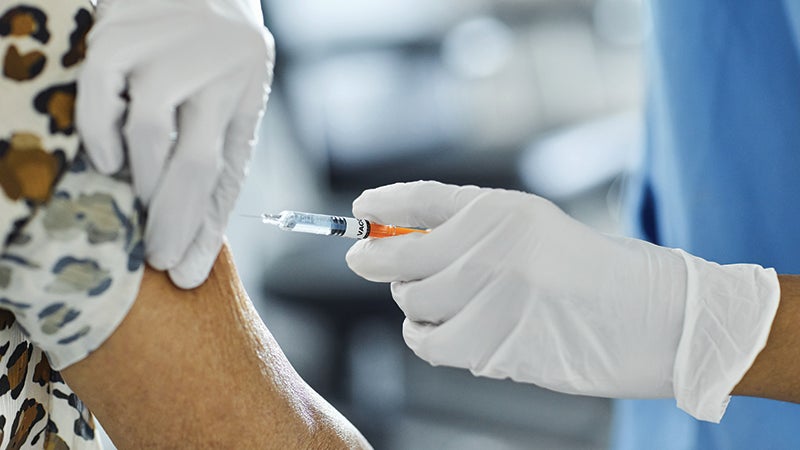P.1 variant found in Virginia
Published 8:20 pm Monday, April 19, 2021
|
Getting your Trinity Audio player ready...
|
Two cases of the P.1 variant of COVID-19 have been identified by the Virginia Department of Health, including one in the Eastern Region.
The state health department made the announcement in a news release April 16, saying the Eastern Region case is an adult who had no travel history. The Northwest Region case is an adult with a history of domestic travel during the exposure period. Neither had been vaccinated prior to the onset of their illnesses.
The Eastern Region includes Suffolk, along with health districts in Hampton Roads, Western Tidewater and the Peninsula.
The P.1 variant was first identified in people who had traveled from Brazil in late 2020 and is associated with greater person-to-person transmission of COVID-19. The state health department said that currently, there is no evidence that the P.1 variant causes more severe COVID-19.
At least 22 other U.S. states have identified cases with the P.1 variant.
Other variants, including the B.1.1.7, B.1.351 and B.1.429, have been identified in Virginia. Of the 674 variants of concern reported so far to the state health department, 78.5% have been identified as the B.1.1.7 variant, 9.5% B.1.351, 8% B.1.427 and 3.7% B.1.429 — the latter two first found in late March.
The P.1 variant was identified by labs using next-generation sequencing to expand the state’s genomic surveillance efforts to note genetic changes in the coronavirus.
VDH says that the variants are more common in communities than the number of reported cases suggest due to the lack of testing there is, and it expects new variants as COVID-19 spreads.
The state has so far administered more than 5.1 million COVID-19 vaccine doses as of state health department data posted April 16, with more than 3.3 million, or about 38.7% of the state’s population, having received at least one dose and more than 2 million, or 23.5%, fully vaccinated.
The Windsor Weekly previously reported in late March that the Virginia Division of Consolidated Laboratory Services was performing sequencing on about 100 to 150 positive COVID-19 patients per week and was ramping up to 200 to 250 samples per week, and other private, commercial and university labs in the state and across the country, along with the Centers for Disease Control and Prevention, are also sequencing samples from Virginia.
“We’re in a race to get everyone vaccinated before we run up against some variant that is either resistant or more deadly,” state health commissioner Dr. Norman Oliver had said at a March 9 briefing.
State Health Commissioner Dr. Norman Oliver said the United Kingdom variant, B.1.1.7, was showing that it could be the dominant strain of COVID-19 within the next month.
The University of Virginia COVID-19 modeling update for April 9 had the B.1.1.7 variant as “likely the most dominant strain” of the virus in the state.
The April 16 model’s Adaptive Fatigue Control B.1.1.7 scenario “shows the potential for a significant peak this summer, larger than any previous peak,” with hospitalizations starting to increase among state residents ages 50 to 69 at higher levels than last summer and fall.


